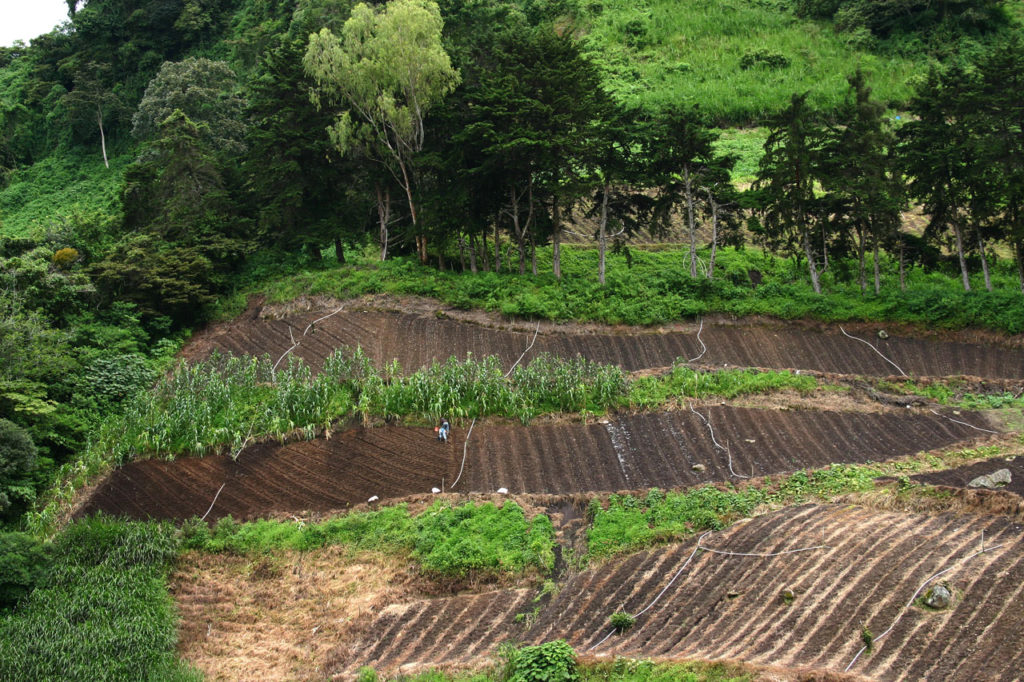While it’s certainly not fair to say that the agriculture industry has become something based on Minority Report, few people realize the extent which technology has played in it.
This is an industry which now relies heavily on technology and the days of workers slogging away aren’t necessarily long gone, but they have changed significantly. In other words, machines have come to the rescue and made the modern day farmer’s role much easier.

Before we delve into some of the ways this is happening, it’s worth taking a quick glance at the agriculture machinery industry. To say that this is thriving would be an understatement; individuals such as Bennett Kireker have built up hugely successful businesses based on providing high-tech machinery to the industry.
Following on from the above, let’s take a look at some of the technology which has transformed the agriculture industry and made it one of the most efficient around.
Fields are run by satellites
It would be wrong to assume that the job of the farmer sitting in a tractor is now redundant. If one were to scour around the country, it would quickly become apparent that this isn’t the case.
However, the numbers are certainly dwindling. Some of the most popular machinery around, especially amongst the established farms, is that which runs off satellites. They can navigate a field solely based on information from the satellites and to make matters even more effective, they can run 24 hours a day, 7 days a week.
Those farmers which truly take advantage of it are the ones which don’t just leave it to its own devices. While this can, and does occur, a lot of farmers sit in the vehicle and monitor the fields. Previously, all of their efforts would be used to steer and control the vehicle but now, they can really maximize the yield from their fields.
It’s data-led more than ever before
As well as being self-driven, a lot of the machinery is also very much data-led. It can download data about all of the crops it is processing, before sending this to the relevant professionals.
One prime example of this in use is finding the most fertile places of a field. It uses its infrared sensors to do this and again, means that farm managers can really maximize the use of their land.
The use of drones
Considering the influx of drones into seemingly every industry over the last few years, it won’t come as a surprise to hear that they are also starting to don the lives of farmers as well.
In some farms, drones have been charged to fly over crops, record photos before reporting these back to base so that action can be taken. While this technology is still fairly young, the savings on offer to farmers are remarkable. Rather than trekking across the fields, using energy, time and obviously resources in the way of fuel, it means that this all can be controlled from a central location.





